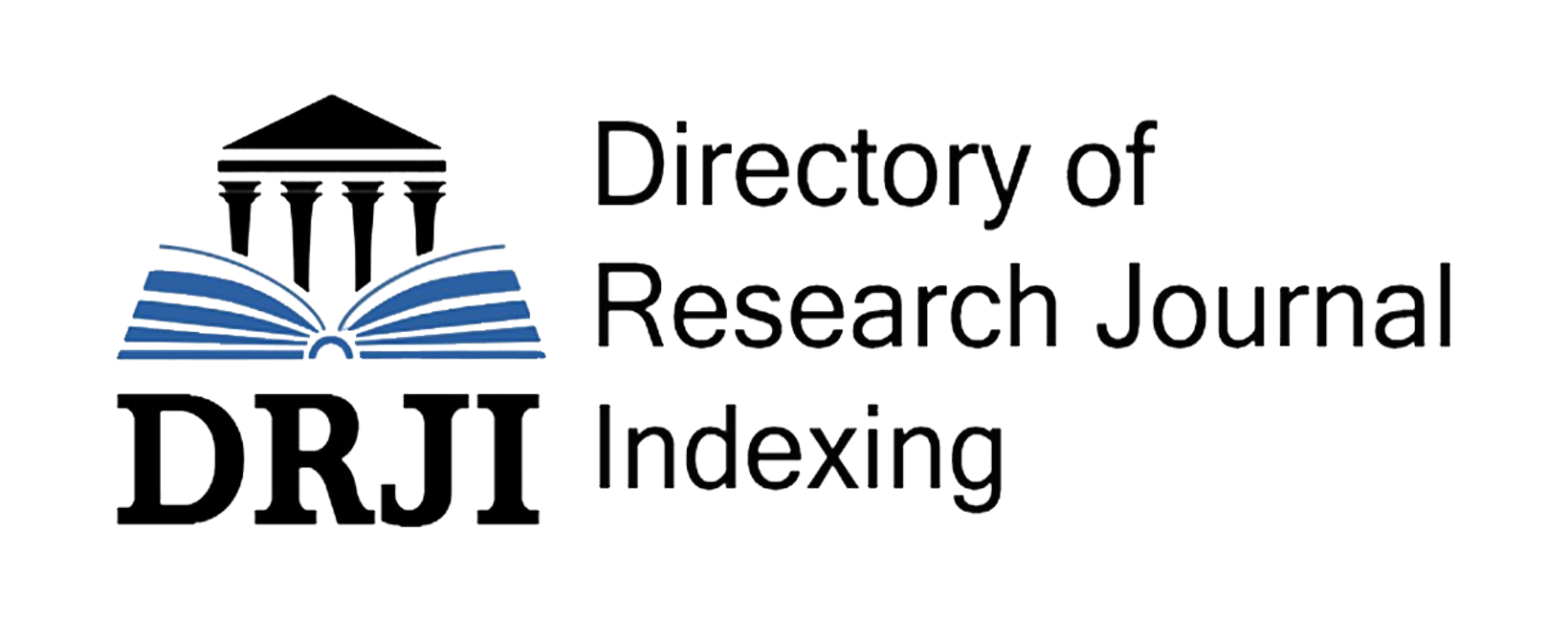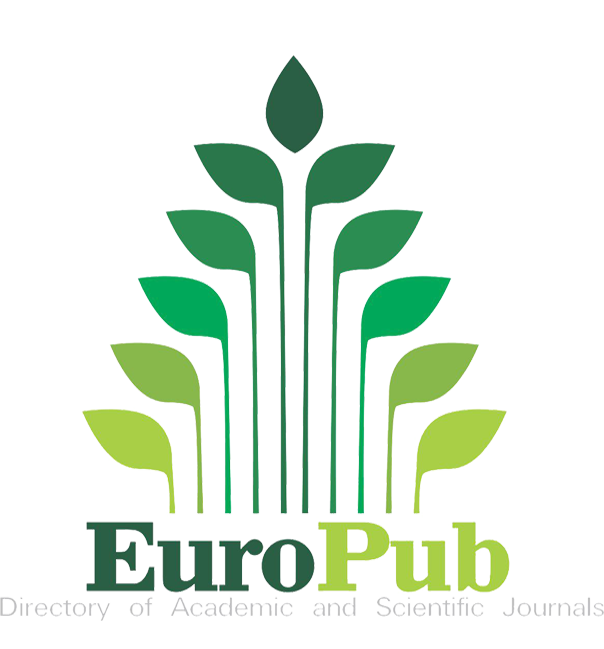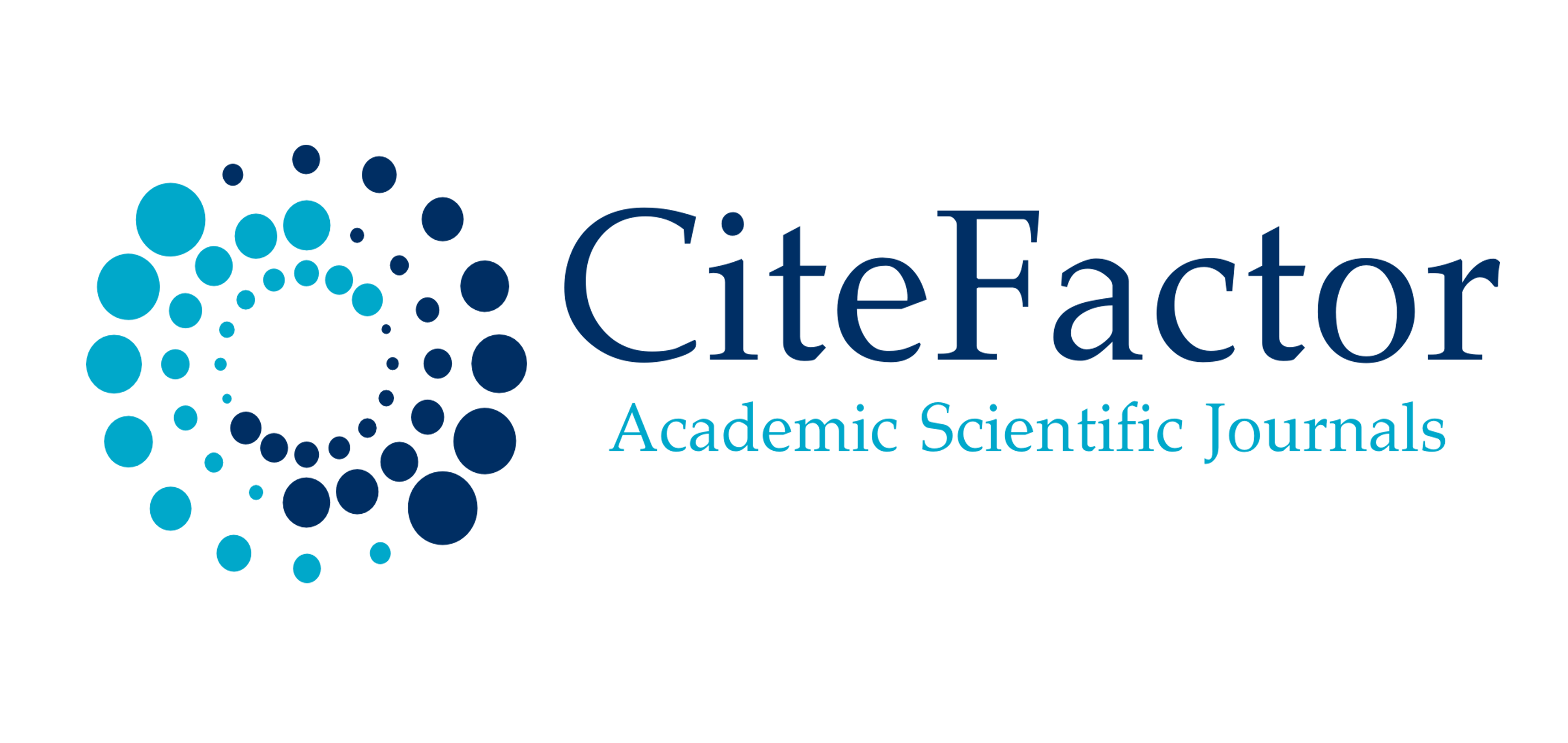COMMUNICATIVE COMPETENCE IS THE EFFECTIVE AND APPROPRIATE USE OF LANGUAGE TO COMMUNICATE IN DIFFERENT CONTEXTS
Keywords:
communicative competence, multilingual environment, language role models, language tasks, error correction, language maintenance, multimodal communication, language awareness, language learning strategies, community engagement, language policy, assessment practices, professional developmentAbstract
This article explores the features of developing communicative competence in students within a multilingual environment. Communicative competence encompasses the ability to effectively and appropriately use language for communication in various contexts. In a multilingual environment, students are exposed to multiple languages, cultures, and communication styles, which presents unique opportunities and challenges for their language development. The article highlights key features, including language role models, language tasks and projects, error correction and feedback, language maintenance and revitalization, and multimodal communication. It also discusses the importance of language awareness, language learning strategies, language mediation, and community engagement. Additionally, the article emphasizes the significance of language policy, assessment practices, and ongoing professional development for educators. These features collectively contribute to the holistic development of communicative competence in students within a multilingual environment.
References
Canale, M., & Swain, M. (1980). Theoretical bases of communicative approaches to second language teaching and testing. Applied Linguistics, 1(1), 1-47.
Council of Europe. (2001). Common European Framework of Reference for Languages: Learning, Teaching, Assessment. Cambridge University Press.
Cummins, J. (2000). Language, Power, and Pedagogy: Bilingual Children in the Crossfire. Multilingual Matters.
García, O., & Wei, L. (2014). Translanguaging: Language, Bilingualism and Education. Palgrave Macmillan.
Gumperz, J. J. (1982). Discourse Strategies. Cambridge University Press.
Halliday, M. A. K. (1978). Language as Social Semiotic: The Social Interpretation of Language and Meaning. Edward Arnold.
Hornberger, N. H. (2003). Continua of Biliteracy: An Ecological Framework for Educational Policy, Research, and Practice in Multilingual Settings. Multilingual Matters.
Larsen-Freeman, D., & Anderson, M. (2011). Techniques and Principles in Language Teaching (3rd ed.). Oxford University Press.
Bekmurodov, M., Akhmedova, F., & Kadirova, K. (2020). Study the process of harmonization formation of personal and professional qualities at students. International Journal of Psychosocial Rehabilitation, 24(S1), 597-605.
Kadirova, H., & Akhmedova, F. Sociological Analysis of the Nation's Identity, the Levels of Feeling the National Identity in Uzbekistan. International Journal of Innovative Technology and Exploring Engineering (IJITEE) ISSN, 2278-3075.
Akhmedova, F. (2018). Professional Education Pharmaceutical Personnel in Uzbekistan. Eastern European Scientific Journal, (6).
Ахмедова, Ф. М. (2020). Подход восточных мыслителей к проблеме формирования личностных и профессиональных качеств у молодого поколения. Журнал социальных исследований, 3(3).
Medetovna, A. F. (2018). A Formation of Professional Competence At Future Pharmacists. Asian Studies, 36(2), 1-5.
Buvabaevna, K. H., & Medetovna, A. F. Development And Preservation Of Karakalpak Ethnic Culture. Multidisciplinary Approaches in the Current Times, 63, 63-70.
Medetovna, A. F. (2021). Harmonization of professional and personal competencies in future pharmaceutical personnel. Thematics Journal of Sociology, 5(2).
Akhmedova, F., & Rozikova, R. (2021). THE UNIVERSITY TEACHERS’PERCEPTIONS OF PEER OBSERVATION. EurasianUnionScientists, 4-9.
Ахмедова, Ф. М. (2021). ATTITUDE OF YOUNG PEOPIE TO EDUCATION. ЖУРНАЛ СОЦИАЛЬНЫХ ИССЛЕДОВАНИЙ, 4(4).









